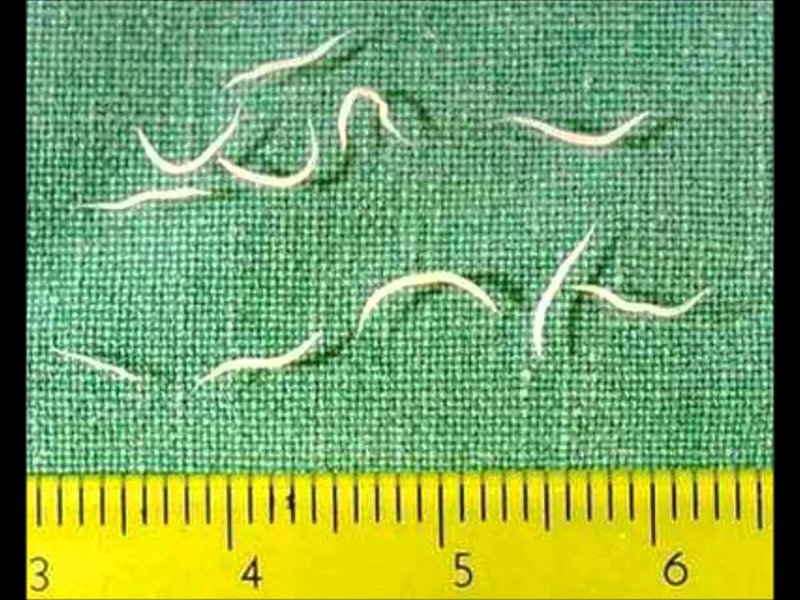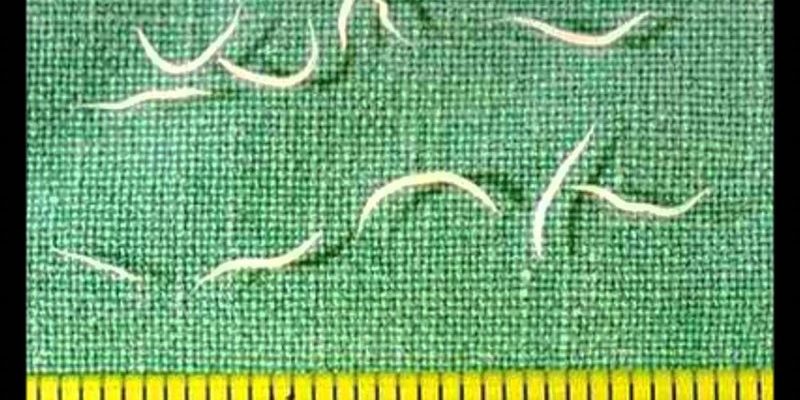
Imagine you’re sitting across from a friend at your favorite coffee shop, discussing how pinworms thrive and spread. They’re the most common type of intestinal worm found in humans, especially among children, and understanding their life cycle can be a game changer. So, let’s dive into how we can observe their behavior, track their activity through the seasons, and what you can do to keep your home pinworm-free, all while sipping that latte.
What Are Pinworms and Why Do They Matter?
Pinworms, scientifically known as *Enterobius vermicularis*, are tiny parasites that live in the intestines of humans. They’re often more of an annoyance than a serious health threat, but they can still cause discomfort and restlessness, especially in kids. Their life cycle begins when someone swallows pinworm eggs, which can happen unknowingly through contaminated surfaces or food.
Once inside, the eggs hatch, and adult worms establish themselves in the intestines. Here’s where it gets interesting: female pinworms venture out of the anus at night to lay their eggs, causing itching and irritation. This nocturnal activity is a key part of monitoring their behavior. You might be wondering why this matters: it’s all about understanding when pinworm activity peaks so you can take preventive measures.
The Life Cycle of Pinworms
Understanding the life cycle of pinworms is crucial for effective monitoring. This cycle can help you identify peak times when the worms are most active, allowing you to act swiftly.
1. Egg Ingestion: It all starts when someone ingests pinworm eggs, often unknowingly. Think of it like catching a cold; you don’t realize how it happened until symptoms show up. The eggs are incredibly resilient and can survive on surfaces for weeks.
2. Hatching and Growth: Once inside the intestines, the eggs hatch, and the baby worms grow quickly. They can mature in just a few weeks, making them quite efficient at multiplying.
3. Nightly Adventures: As mentioned earlier, female pinworms leave the intestines to lay their eggs at night. Monitoring these patterns is vital, as this is when itching occurs, and you’ll want to take action.
4. Re-infection: One of the tricky parts about pinworms is the potential for re-infection. If eggs are not properly cleaned away, they can be ingested again, continuing the cycle.
Understanding these stages can help you spot signs early and reduce the chances of an outbreak in your household.
Spring: Rising Risks with Increased Activity
As winter gives way to spring, you might notice an uptick in pinworm activity. Why? During this season, children are often more active—playing outside, attending school, and engaging in group activities. More playdates and group gatherings mean increased chances of egg transmission.
To monitor pinworm activity during spring, consider keeping an eye out for symptoms like itching around the anus, particularly at night. You can also encourage good hygiene practices: frequent hand-washing, especially after outdoor activities, can help slow the spread.
Using strong disinfectants on common surfaces can also help. It’s like preparing your garden for a new season: a little extra care can go a long way. If you notice symptoms in your child, it’s a good idea to consult a healthcare professional for advice on treatment options.
Summer: The Peak Season for Pinworms
Summer often brings more freedom and fun for kids—think beach days, summer camps, and family gatherings. But it also means higher risks for pinworm infections. The warmth and humidity can create an ideal environment for pinworm eggs to thrive.
During this season, being vigilant is key. Regularly remind kids about hygiene, especially when at summer camps or sleepovers. Reinforce practices like washing hands after using the bathroom and before meals.
You might want to consider creating a fun routine around these practices. For example, set a hand-washing song for the kids to sing to make it enjoyable. Monitoring activities closely can help catch any signs of pinworm infestations early, ensuring they don’t ruin the summer fun.
Fall: A Transition to Caution
As summer fades into fall, you might think that the risk of pinworm infections decreases. However, this isn’t always the case. With children back in school and resuming regular activities, there’s a resurgence in close-contact environments, which can lead to increased transmission.
During fall, it’s essential to keep maintaining hygiene standards. You could establish a family routine of checking for symptoms, especially after the first few weeks of school. Have open conversations with your kids about what to watch for, such as any unusual itching.
Also, keeping common areas in your home clean can minimize risks. Think of it as preparing your home for the colder months—keeping it cozy and safe for everyone. Remember to wash bedding and pajamas regularly, as pinworm eggs can linger there too.
Winter: Prevention and Monitoring
Winter is often seen as the quiet season for many ailments, but when it comes to pinworms, they can still be a concern. The indoor holiday gatherings create opportunities for transmission.
This is the perfect time to reinforce good hygiene habits. Encourage proper hand-washing techniques, especially during flu season when people are more mindful of germs. Remind your kids about not sharing personal items like toothbrushes or towels, which can carry pinworm eggs.
You can also monitor for symptoms closely during the winter months. If anyone in the household starts to show signs, don’t wait. Consult your healthcare provider for treatment options, as winter offers a chance to prevent a broader spread before it gets out of hand.
Effective Monitoring Techniques
Now that we’ve covered how pinworm activity changes with the seasons, how can you effectively monitor for them? Here are some key techniques:
- Visual Checks: Look for signs of itching or irritation, especially at night.
- Hygiene Routines: Reinforce hand-washing and cleanliness before and after meals.
- Monitoring Symptoms: Keep track of any unusual behavior, especially in children.
- Consulting Professionals: If you notice symptoms, don’t hesitate to seek medical advice.
Remember, staying proactive is better than waiting for an outbreak.
Monitoring pinworm activity across the seasons is more than just a preventive measure; it’s a part of keeping your family healthy. By understanding their life cycle, staying aware of seasonal changes, and implementing good hygiene practices, you can significantly reduce the risk of pinworm infections.
It might feel like a hassle at times, but think of it as gardening. With a little consistent effort, you’ll cultivate a safe and healthy environment for your loved ones. So, keep those eyes peeled, wash those hands, and enjoy the peace of mind that comes with being aware of pinworm activity throughout the year.

